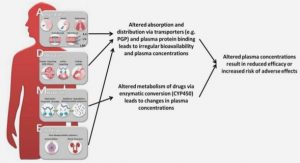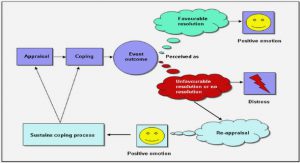- Monday
- April 21st, 2025
- Share Files

Get Complete Project Material File(s) Now! » Bovine Serum Albumin Bovine serum albumin (BSA) is quantitatively the 3rd protein of the whey proteins and constitutes about 10% of total whey proteins. It is not synthesized in the mammary gland and...

Get Complete Project Material File(s) Now! » Batch mode cultures This type of culture is large used in the industry to guarantee a pure culture (Dochain, 2003). Batch cultures are mainly used to evaluate the growth of microorganisms on different...

Get Complete Project Material File(s) Now! » Homogenous and heterogeneous regime Bubble flow regime in bubble columns is characterized by the gas-liquid distribution on the column section. The bubble flow regimes are well described by Zahradník et al. (1997) and...

Get Complete Project Material File(s) Now! » Memory architecture: random access A random access memory (RAM) usually refers to volatile memories such as SRAM and DRAM as presented in 2.1.2. However, most NVM are also organized in order to be...
Get Complete Project Material File(s) Now! » Latex composition The composition of latex derived from Hevea tree is a mixture of many different chemicals, both organic and inorganic. The major component of latex is rubber hydrocarbon poly(cis-1,4-isoprene) which forms 30...

Get Complete Project Material File(s) Now! » Study system and data collection In this study, the sampling was conducted in Río Fuerte, Río Sinaloa and Río Culiacán at altitudes ranging from 1965 to 2730 m (Fig. 1). The heterogeneous riverscape...

Get Complete Project Material File(s) Now! » The fate of microorganisms during the composting process Actinomycetes are a group of filamentous organisms that are often found in blue-grey powder-like colonies. Both actinomycetes and fungi are relatively slow growing organisms that...

Get Complete Project Material File(s) Now! » Photosynthesis and Carbon Storage Plants are photosynthetic organism which use light energy to produce nutrients (i.e. carbohydrate). Such nutrient can be used at a later time to supply the energy needs of the...

Get Complete Project Material File(s) Now! » Phenolic compounds: tannins and anthocyanins Phenolic compounds are divided into flavonoid and nonflavonoid compounds. Flavonoids can be further divided into flavonols, flavones, flavan-3-ols, flavanones, and anthocyanins (Figure 5). Nonflavonoids include phenolic acids, hydroxycinnamic...
